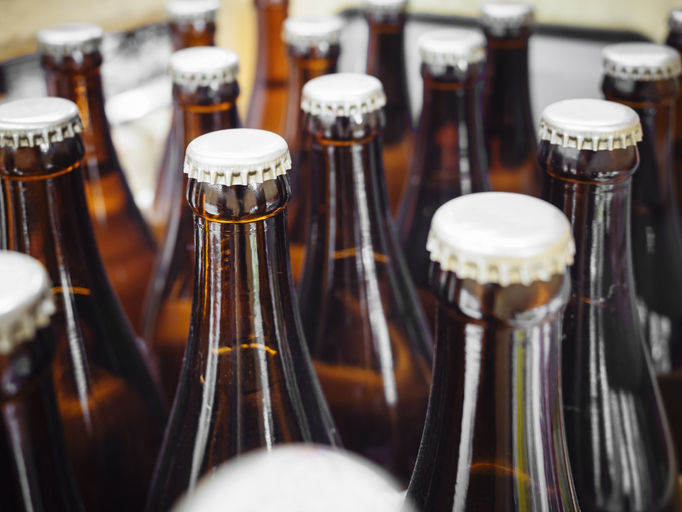Why dry containers have been in short supply
A dry container is often the go-to choice for shipping a wide variety of products. It offers great flexibility and is cost effective, but recently there have been major problems in terms of the availability of all types of containers. Here, we look at the essentials of dry containers, along with examining the recent supply-chain issues.
What is a dry container?
It is a steel or aluminum container, which is suitable for a wide range of cargo not reliant on a specific temperature or humidity level. This is because this type of container doesn’t feature any insulation or refrigeration, which in turn makes it a very cost-effective option.
Dimensions and capacities can vary between container types and manufacturers, but in general they are available in sizes of 20ft, 40ft, and in the EU, 45ft. This 45ft option has been designed in order to transport 33 standardized Euro pallets, which is the maximum number that can be carried on trailer-type trucks, thereby optimizing the efficiency of the transport process.
The payload capacity of a standard 20ft dry container is around 55,000 lbs and 61,000 lbs for a 40ft container (subject to the rules in each country, which are very strict in the US, for example). The height of a container is usually 8.5ft, but a ‘high cube’ (HC) option is also available, with a height of 9.5ft.
The term ‘TEU,’ which means twenty-foot-equivalent-unit, is often mentioned in relation to shipping containers. It is used as an approximate measure of cargo capacity based on the volume of a typical 20 ft container. Additionally, the term ‘FEU,’ or forty-foot-equivalent-unit, is also used in a similar way.
By way of a comparison, refrigerated (commonly referred to as ‘reefer’) containers are also used for shipping. These are better suited to sensitive products that require the careful control of climatic factors, such as temperature and humidity. However, as a consequence of this functionality, reefers are more expensive and not as freely available as dry containers.
Finally, insulation (or a lining) can be added to a dry container to provide protection against thermal shocks. While this option clearly doesn’t have the full functionality of a reefer, it is a cost-effective and environmentally friendly solution for goods that require a measure of climate control. This is due to its reduced greenhouse gas emissions, compared with a refrigerated unit, and the use of recyclable materials.
Limited availability of shipping containers
The recent global pandemic led to a major shortage worldwide in the availability of all types of shipping containers, including dry containers. In summary, the situation unfolded as follows:
The pandemic caused the production and movement of goods from Asia—the manufacturing center for the majority of products—to stop, which caused a ripple effect in supply chains across the world.
This led to a huge drop in demand for containers in Asia and elsewhere as countries started going into lockdowns, which meant many empty containers became stranded in North America in particular.
As a consequence of this drop in demand, the global production of containers also decreased significantly.
However, as the world slowly started to recover from the pandemic, new shipping problems arose—such as staff shortages at ports, for example.
The outcome is that there was an imbalance between where the containers needed to be (i.e., Asia, so that they could be used to meet the surge in post-Covid demand for goods) and where they were actually located (e.g., in inland depots or stockpiled in ports in North America).
The recovery in demand for shipping containers alongside the fall in their production led to sharp increases in the prices of both leasing and buying containers.
Thankfully, the situation is showing signs of improving as global supply chains begin to gear up once again. So, it is hoped that it won’t be long before this imbalance of shipping containers corrects itself and the capacity on vessels is able to match demand.
We are here for all your dry container transport needs
Dry containers are a flexible option because they are available in a variety of sizes, can be insulated or refrigerated, and can be moved via road, rail, and sea. In addition, they are a cost-effective solution in general and especially when shipping goods that are not sensitive to thermal shocks.
Please contact us to discover how we can help with arranging the logistics to move dry containers via road, rail, and sea, as well as any other freight forwarding requirements you might have.





